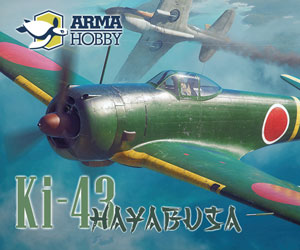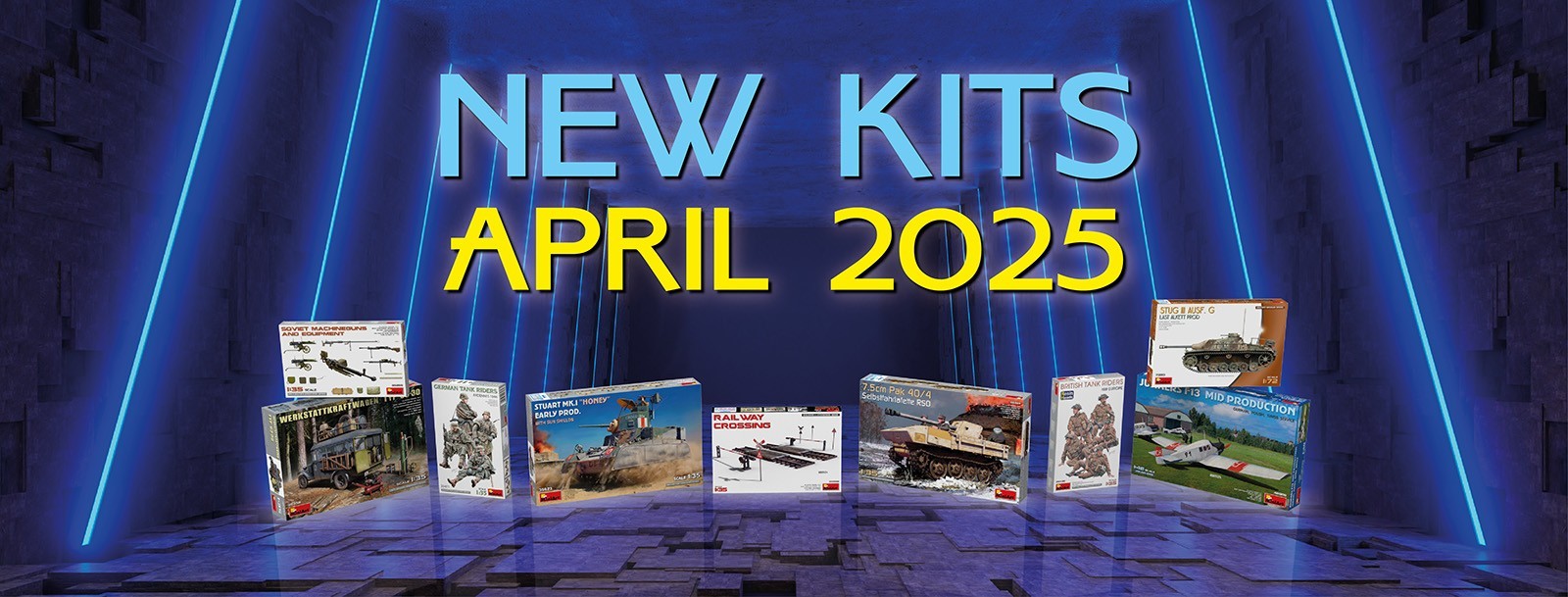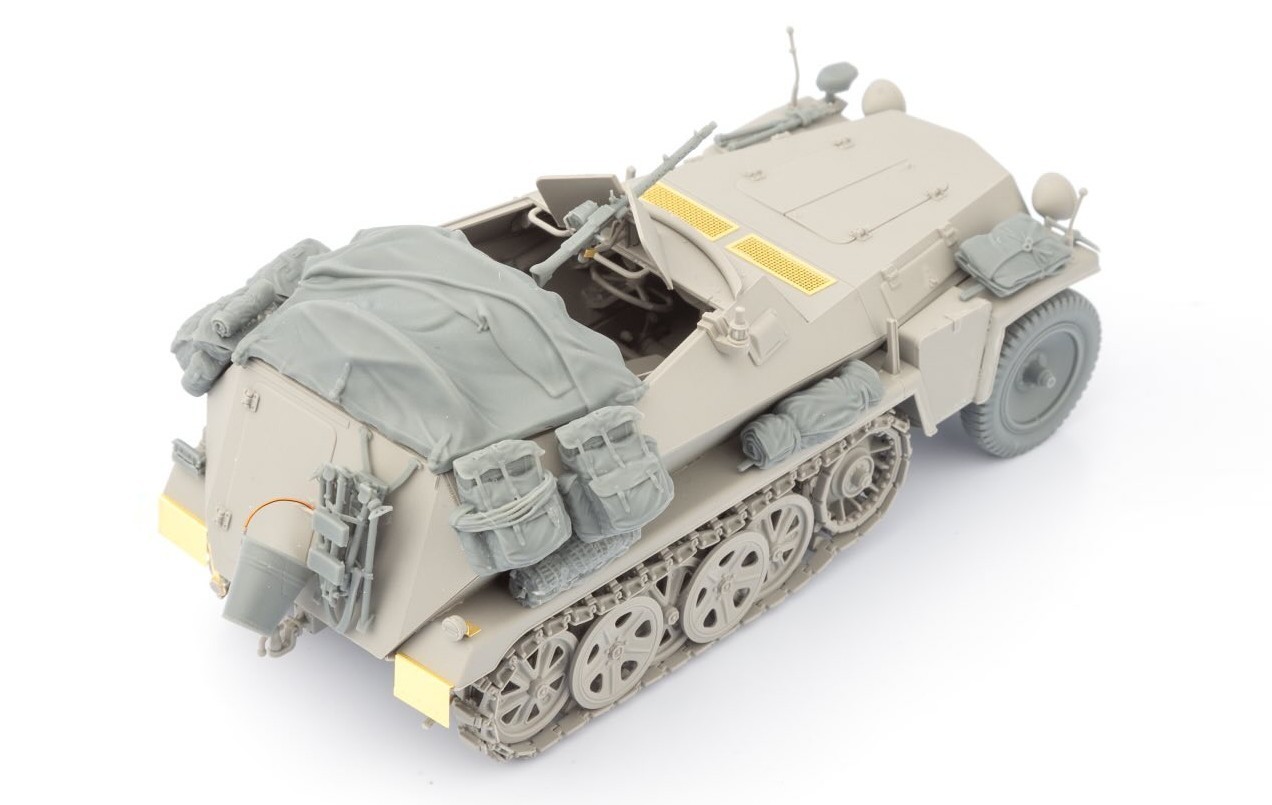
While the PP and PPK were intended for police work, the Walther P 38 was produced for the Germany military; all three pistols have garnered a formidable international reputation since the 1930s.
In this study, noted authority John Walter assesses the origins, development, use and legacy of these three high-profile semi-automatic pistols, alongside other Walther variants, such as the tiny .25 ACP Modell 9.
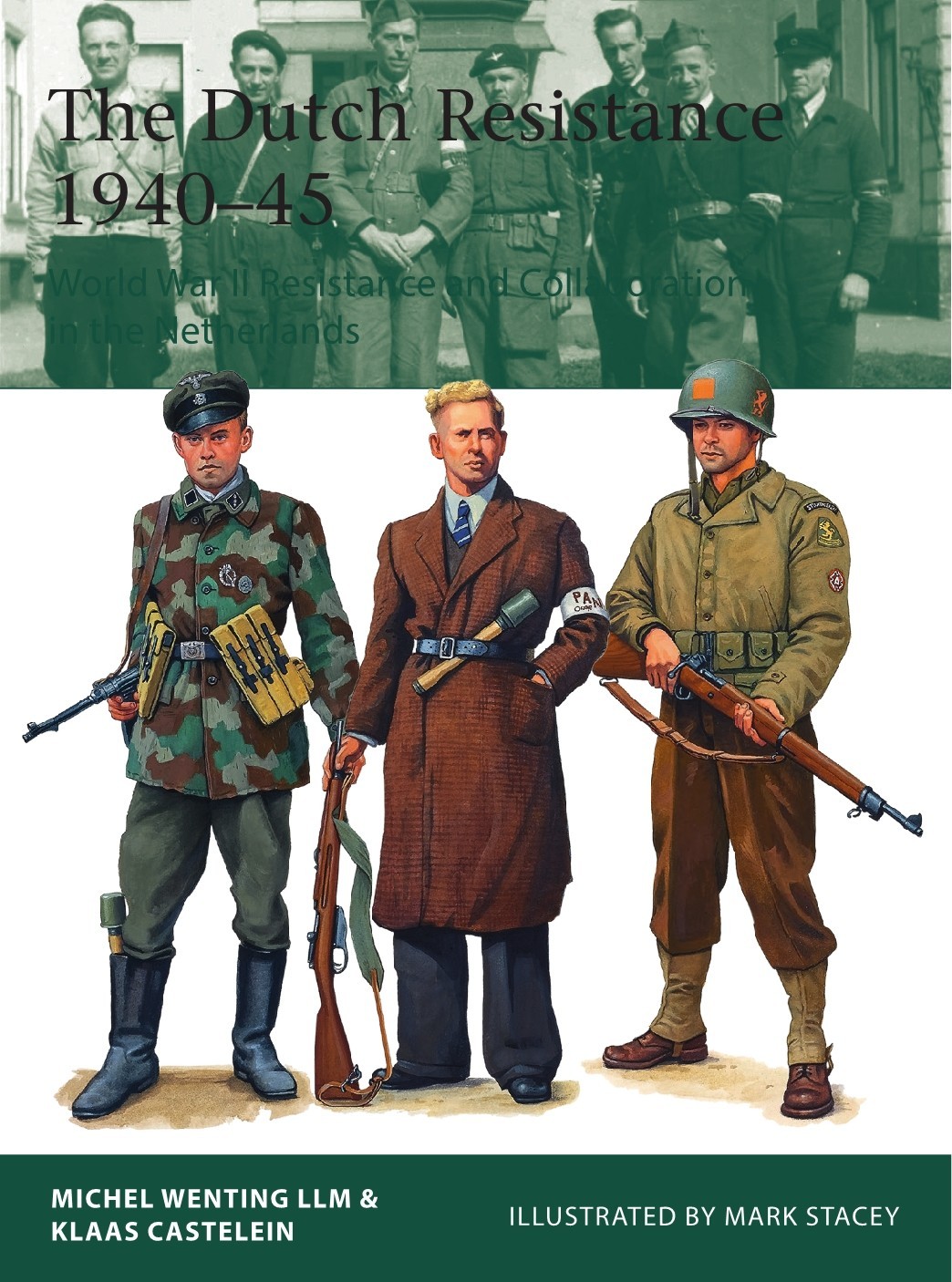
The Nazi occupation of the Netherlands in World War II followed a complex course, whose scope is not widely understood. It was a great deal broader and more varied than the much-reported German counter-espionage success against Dutch agents parachuted in by the Special Operations Executive. From spring 1943 onwards, three Dutch Resistance organizations gained momentum: the Order Service (OD), the Resistance Council (RVV), and the National Assault Teams (LKP). In response, the Germans raised collaborationist forces to counter the Resistance, including the much-feared Landwacht. In September 1944 the OD, RVV and LKP amalgamated into the Netherlands Interior Forces (NBS), while Allied troops began to liberate the southern provinces.
This allowed NBS forces in the south to form Stoottroepen, uniformed and armed by both the British and US armies. These assisted the Allied advance, while a bloody underground struggle continued in the occupied north until final liberation in April-May 1945. Illustrated with rare photos and new colour plates, this book gives a comprehensive account of one of the lesser-known struggles of World War II.
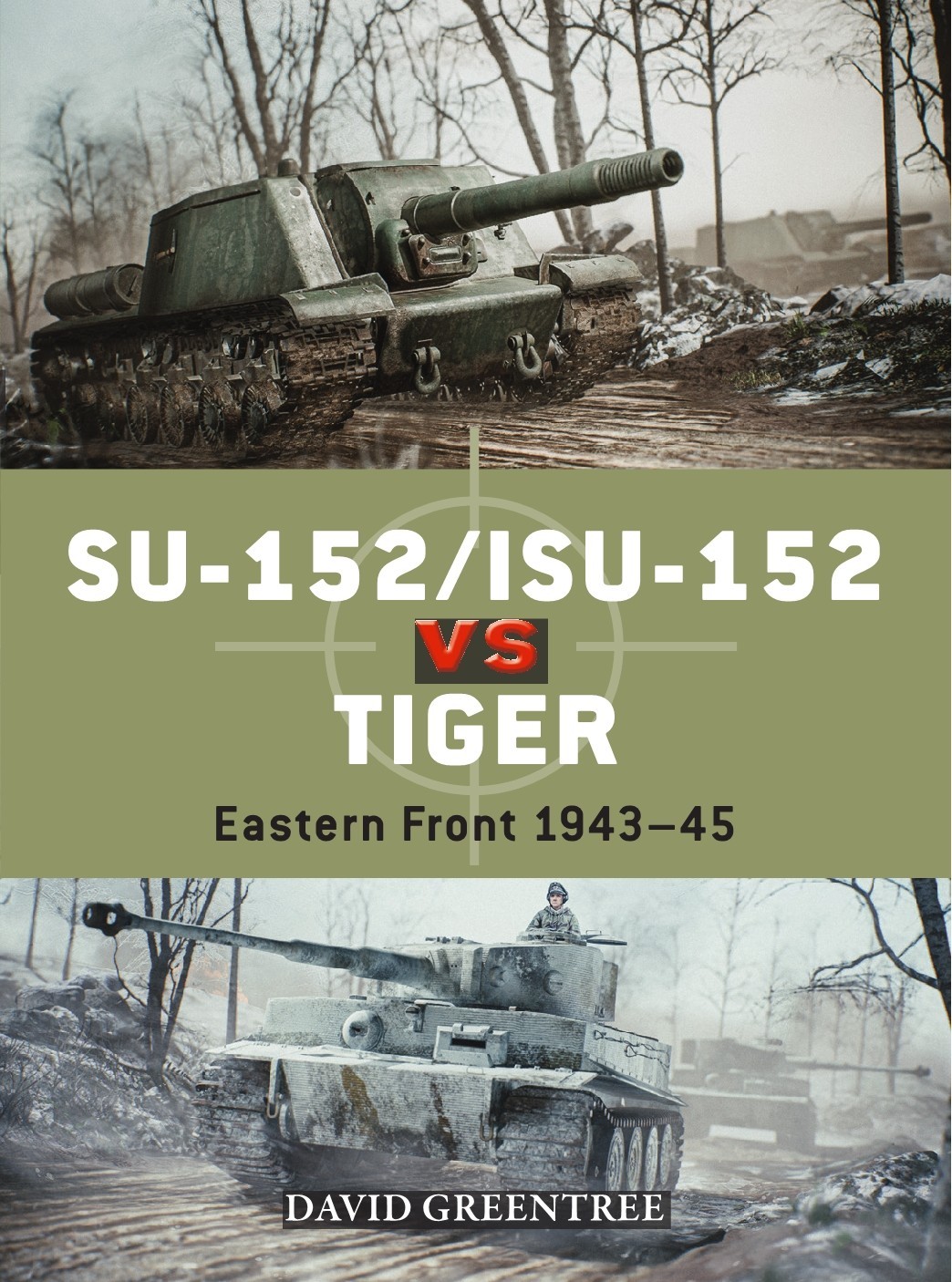
This fully illustrated volume compares two of the most iconic AFV's: the SU-152/ISU-152 and the Tiger, used on the Eastern Front during World War II.
On the Eastern Front in 1943, the Tiger-equipped heavy Panzer battalions gave German armoured divisions an unmatched capability that cost the Red Army dearly. The Tiger's 88mm gun had the potential to carve through Soviet defences in the attack and cause havoc amongst advancing Soviet armoured formations when used in defence. Neither of the Red Army's heavy tanks (the KV-1 and KV-2) could match the Tiger's gun, and, more importantly, penetrate its armour at anything approaching standard combat range. The Soviet response was a stopgap Tiger-killing vehicle that mounted a 152mm artillery piece onto the KV tank's chassis: the SU-152. The latter would evolve into the ISU-152 in late 1943 (mounting the same powerful gun on an IS chassis). This fascinating book describes the mighty duels fought between these opposing AFVs. The colour illustrations explore key details of both the SU-152/ISU-152 and Eastern Front Tigers, including armament, ammunition and crew positions, and the period photographs show rarely seen views of these iconic AFVs in action. How each attempted to best the other using its strengths and advantages is documented across a wide range of dramatic Eastern Front armoured battles.























